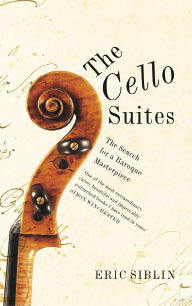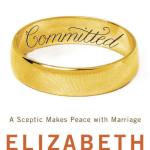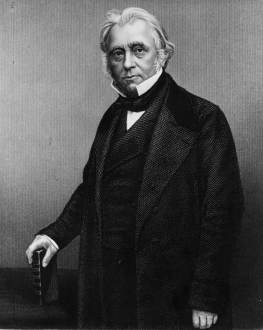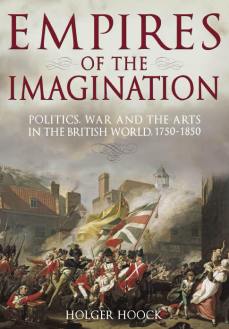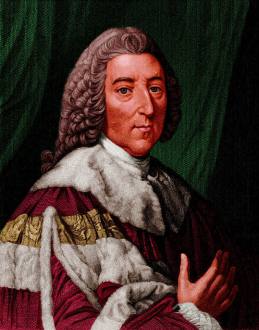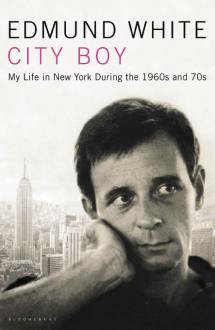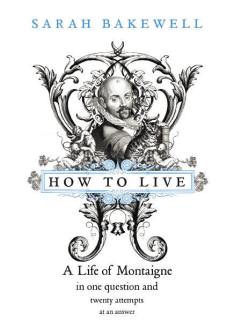No example to follow
Ahundred years ago, a character in a novel who was keen on music would, like E.M. Forster’s Lucy Honeychurch or Leo- nard Bast, be as apt to stumble through a piece at the piano as listen to it at a concert. Ahundred years ago, a character in a novel who was keen on music would, like E. M. Forster’s Lucy Honeychurch or Leo- nard Bast, be as apt to stumble through a piece at the piano as listen to it at a concert. Given the relative- ly rare opportunities to hear a Brahms or Beethoven symphony before the invention of the LP, the easiest way to enjoy one was probably
